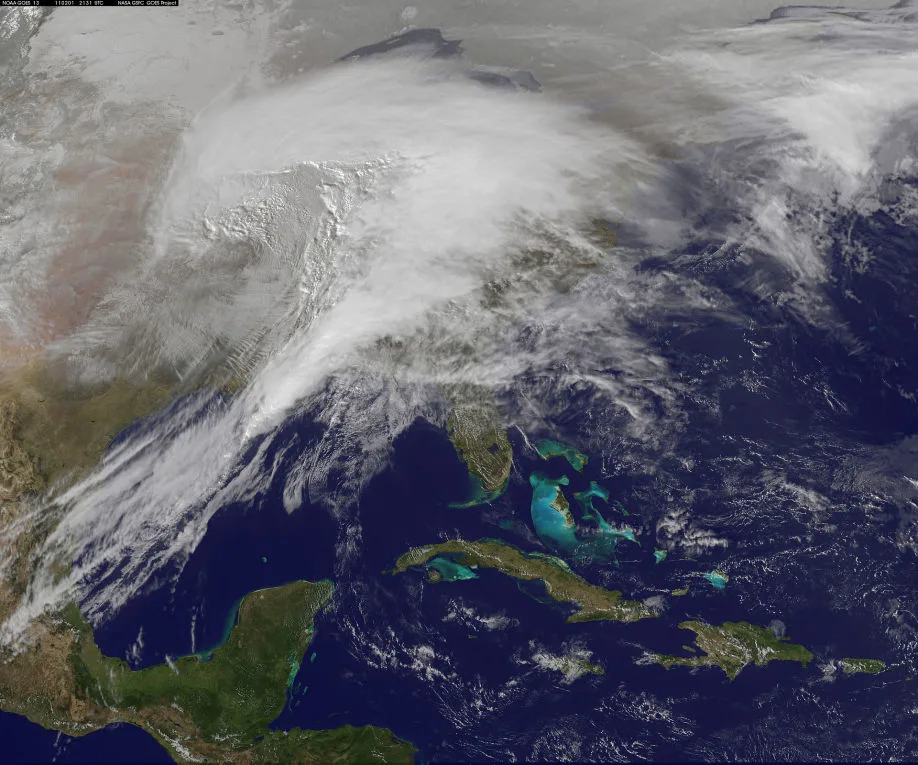
A man risked his life during the Groundhog Day Gale for a birth announcement
The storm caused Category 2 hurricane-level winds.
This Day In Weather History is a daily podcast by Chris Mei from The Weather Network, featuring stories about people, communities and events and how weather impacted them.
--
Monday, February 2, 1976, started as a normal day for those living in Saint John, New Brunswick and areas in Maine. Then a severe winter storm hit, dubbed the Groundhog Day Gale.
The storm was caused by an upper-level low that was parked over the Desert Southwest of the United States. A system known as a 'Saskatchewan Screamer' moved east-southeast and lured the system in from the States.
On Feb 2., cyclones started appearing over New England and Quebec. Wind speeds reached 164 km/h, which is Category 2-level gusts.
In the US, Massachusetts, New York, and Vermont were impacted by the gale, but Maine received the worst of it. Many trees were blown down and coastal areas flooded. Downtown Bangor, Maine, was flooded with 3.7 metres of seawater.
In Canada, Saint John was most severely hit, sustaining wind gusts of 188 km/h. Saint John and coastal areas in Nova Scotia experienced 1.6 meters of flooding.
Power and communications lines stood no chance against the winds, which left areas without power for a week.
According to a CBC report, a couple headed to the hospital (which was running on auxiliary power) during the storm as the woman was in labour.
The man walked through the storm to the Telegraph Journal to submit his new daughter's birth announcement. He walked back to the hospital and reported to his wife that, "I risked life and limb. But I was of the opinion that having a baby was news, and it had to get in the paper right away."
They were considering naming their baby Gail.
To learn more about the Groundhog Day Gale, listen to today's episode of "This Day In Weather History."
Subscribe to 'This Day in Weather History': Apple Podcasts | Amazon Alexa | Google Assistant | Spotify | Google Podcasts | iHeartRadio | Overcast
Thumbnail courtesy of Wikipedia/NASA









